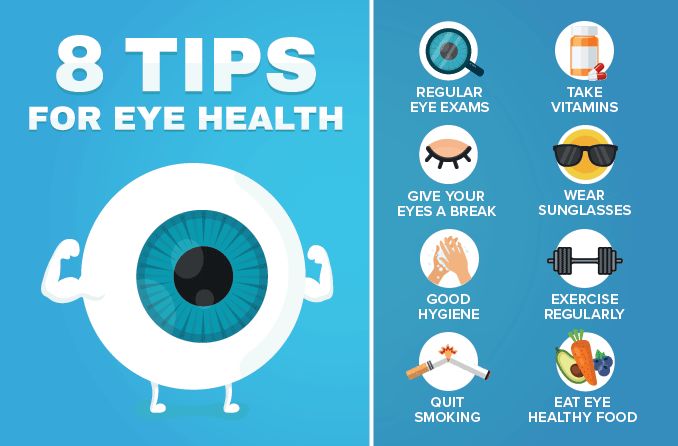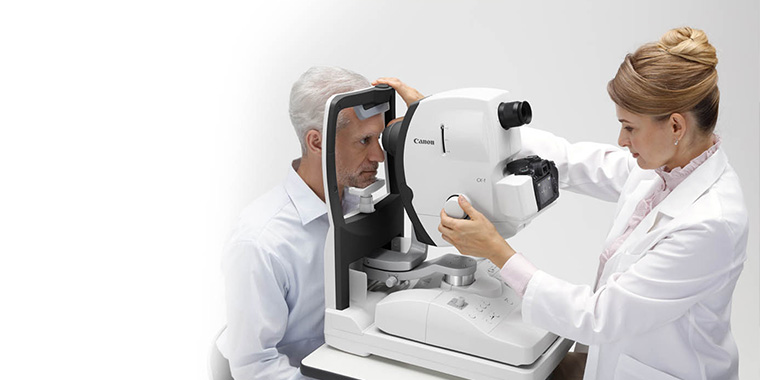Your Overview to Hearing Services Near Me: Regional Experts at Your Solution
Your Overview to Hearing Services Near Me: Regional Experts at Your Solution
Blog Article
Every Little Thing You Required to Know About the current Technologies in Glaucoma Treatment and Eyecare
In the realm of ocular wellness, improvements in the therapy and administration of glaucoma have been steadily progressing, leading the way for boosted individual treatment and outcomes. From sophisticated diagnostic tools that use unprecedented understandings right into the disease development to cutting-edge surgical methods that assure greater precision and quicker recuperation times, the landscape of glaucoma treatment is going through a substantial transformation. With the introduction of unique drug therapies, telemedicine options allowing remote surveillance, and a shift towards customized therapy strategies tailored to individual clients, the area of eyecare is observing a paradigm shift. Stay tuned to uncover how these newest advancements are improving the strategy to glaucoma care and transforming the future of eye health.
Advanced Diagnostic Technologies
Advanced analysis technologies play a crucial function in the very early discovery and tracking of glaucoma, enabling much more effective treatment and administration of the problem. Amongst these innovations, optical coherence tomography (OCT) stands out as a non-invasive imaging technique that gives thorough cross-sectional photos of the retina, optic nerve head, and retinal nerve fiber layer. This high-resolution imaging assists clinicians analyze architectural modifications in the eye caused by glaucoma, enabling them to interfere immediately.
Furthermore, visual area testing, such as automated perimetry, is an additional crucial diagnostic tool for examining glaucoma-related vision loss - refractive surgeries in al. This test measures the level of sensitivity of a client's aesthetic field, aiding to find any locations of vision loss or distortion. By combining OCT imaging with aesthetic field screening, health care service providers can get a detailed understanding of the disease's development and dressmaker treatment intends as necessary
Minimally Intrusive Procedure
In the world of glaucoma management, the focus shifts towards minimally intrusive procedures as an aggressive technique to deal with the development of the problem complying with advanced analysis assessments such as optical comprehensibility tomography (OCT) and aesthetic field testing. Minimally invasive glaucoma surgical procedures (MIGS) have obtained popularity as a result of their effectiveness in lowering intraocular pressure while lessening the threats and recovery times connected with standard glaucoma surgical treatments. These treatments are normally executed via tiny incisions, frequently combined with cataract surgical procedure, making them much less intrusive and more comfortable for people.
Some common MIGS procedures include trabecular micro-bypass stents, which improve the outflow of aqueous humor, and micro-sized implants that boost drain in the eye. In addition, laser treatments such as selective laser trabeculoplasty (SLT) offer a non-invasive option for lowering intraocular pressure. By incorporating these minimally invasive techniques right into glaucoma management, eye doctors can provide patients with effective therapy alternatives that focus on safety and security and fast recuperation, eventually enhancing lasting results for people with glaucoma.
Novel Drug Therapies
Arising drug therapies present encouraging opportunities for enhancing the medicinal management of glaucoma, offering ingenious methods to address intraocular stress control and disease development. One novel medication treatment that has gathered focus is Rho kinase inhibitors.

Telemedicine and Remote Tracking
With the evolution of novel medicine treatments increasing the therapy landscape for glaucoma, the combination of telemedicine and remote tracking emerges as a crucial part in improving client care and condition monitoring. By using telemedicine and remote monitoring, medical care providers can boost accessibility to care, enhance patient conformity, and find prospective issues early, leading to far better results for individuals with glaucoma. Welcoming telemedicine and remote tracking in glaucoma management stands for a considerable development in maximizing individual care and therapy efficacy.
Personalized Therapy Approaches
Progressing beyond standard one-size-fits-all strategies, customized therapy strategies tailored to specific patient attributes are changing the administration of glaucoma. By tailoring therapy plans based on aspects such as age, disease seriousness, way of life, and various other health conditions, ophthalmologists can enhance and maximize results person complete satisfaction.
Customized treatment approaches in glaucoma include a thorough assessment of each client's special profile. This might include hereditary screening to recognize specific risk elements, imaging methods to examine structural modifications in the eye, and practical examinations to examine aesthetic area loss. By incorporating these individualized understandings, health care providers can develop targeted interventions that address the underlying root causes of glaucoma progression for every individual.
Furthermore, improvements in innovation have allowed the advancement of customized treatment options such as minimally intrusive glaucoma surgical procedures (MIGS) customized to the patient's particular needs - cataract care service. These procedures offer effective intraocular stress control with fewer problems, enhancing the total top quality index of look after glaucoma patients. Accepting customized treatment strategies notes a significant standard change in glaucoma management, stressing accuracy medicine to supply tailored solutions for far better person end results
Verdict
In final thought, the current advancements in glaucoma therapy and eyecare consist of advanced analysis technologies, minimally intrusive surgical procedures, novel medication therapies, telemedicine and remote surveillance, and individualized treatment techniques. These developments are changing the method we diagnose and treat glaucoma, supplying more reliable and customized alternatives for patients. By remaining current with these advancements, medical care professionals can supply far better care and improve outcomes for people with glaucoma.

With the advancement of novel medicine therapies broadening the therapy landscape for glaucoma, the integration of telemedicine and remote tracking arises as a pivotal element in boosting client useful reference treatment and condition management. cataract care service. Accepting telemedicine and remote tracking in glaucoma monitoring represents a considerable innovation in optimizing client treatment and treatment effectiveness
In final thought, the most recent developments in glaucoma treatment and eyecare consist of progressed analysis modern technologies, minimally invasive surgical procedures, novel medication treatments, telemedicine and remote surveillance, and personalized treatment techniques.
Report this page